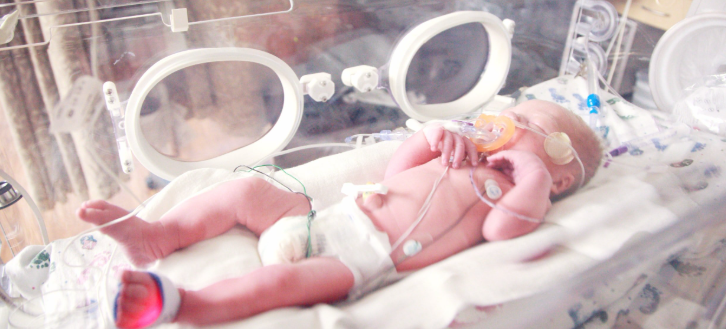The following is a summary of “Influenza-associated hospitalization rates by underlying conditions, 2016–17 to 2019–20: A retrospective cohort study,” published in the March 2025 issue of Journal of Infectious Diseases by Frutos et al.
Researchers conducted a retrospective study to examine changes in influenza-associated hospitalization rates based on the type and number of underlying medical conditions (UMCs).
They assessed adults aged ≥18 years from 2 health systems with prior healthcare utilization. Influenza-associated hospitalization rates were estimated from the 2016–17 to 2019–20 seasons based on the type and number of UMCs. Hospitalizations were recognized via discharge diagnoses or laboratory confirmation. Adjusted rate ratios (aRR) were calculated using Poisson regression, adjusting for site, season, and demographic characteristics. Causal mediation analysis estimated the impact of UMCs on influenza-associated hospitalization while accounting for influenza vaccination status.
The results showed that among 8,70,888 members, 1,403 experienced at least 1 influenza-associated hospitalization per season over 4 seasons. Compared to individuals without UMCs, those with congestive heart failure had the highest aRR for hospitalization (4.2, 95% CI: 3.6–4.9). The aRR increased with each additional UMC. When not mediated by vaccination status, the impact of UMCs on hospitalization was greater, with individuals having ≥4 UMCs showing approximately 60% higher rates than those without UMCs.
Investigators concluded that the burden of baseline medical conditions was associated with higher rates of influenza-associated hospitalization, and lower vaccination prevalence among those with varying types and number of UMCs would have resulted in higher influenza-associated hospitalization rate.
Source: academic.oup.com/jid/advance-article-abstract/doi/10.1093/infdis/jiaf164/8099211














Create Post
Twitter/X Preview
Logout